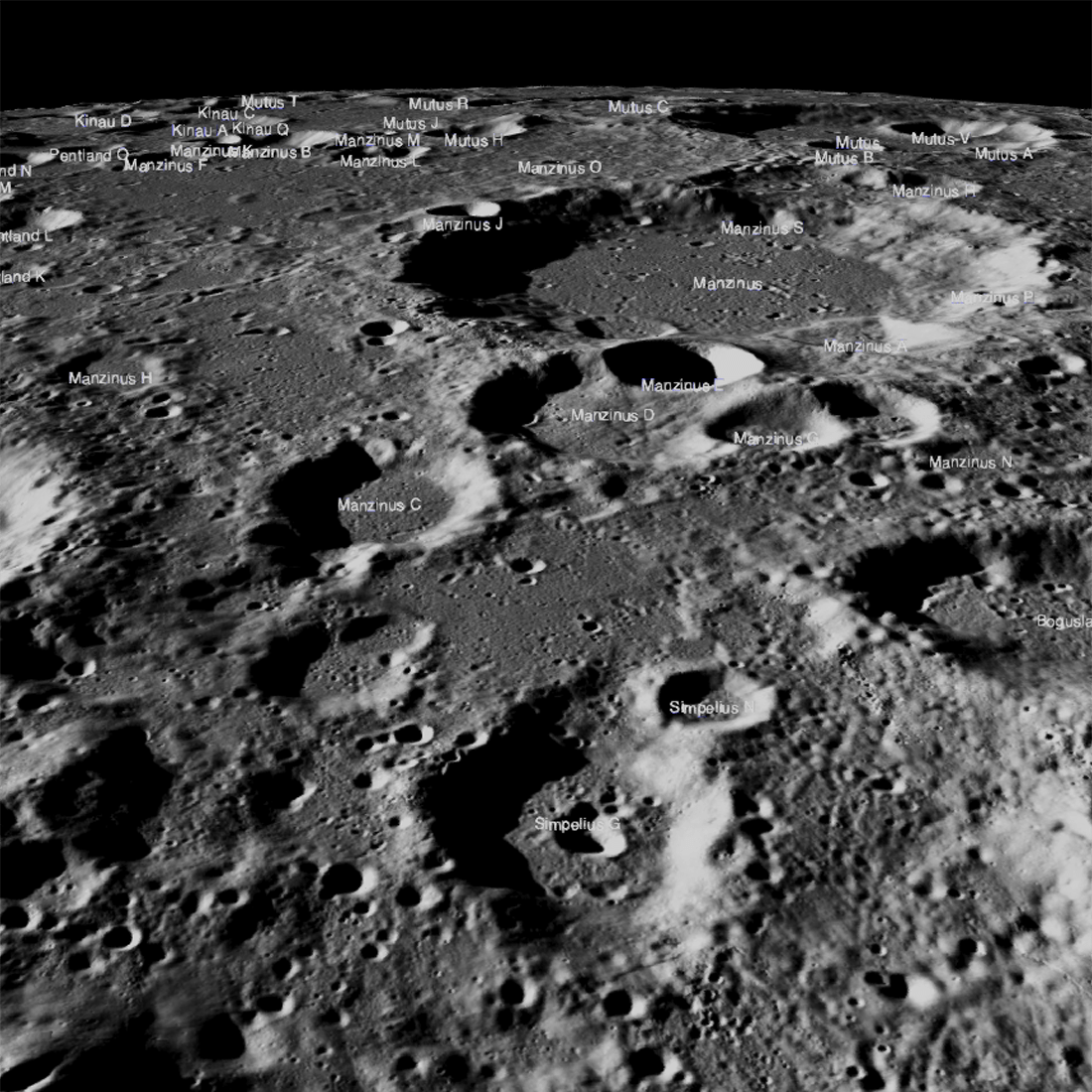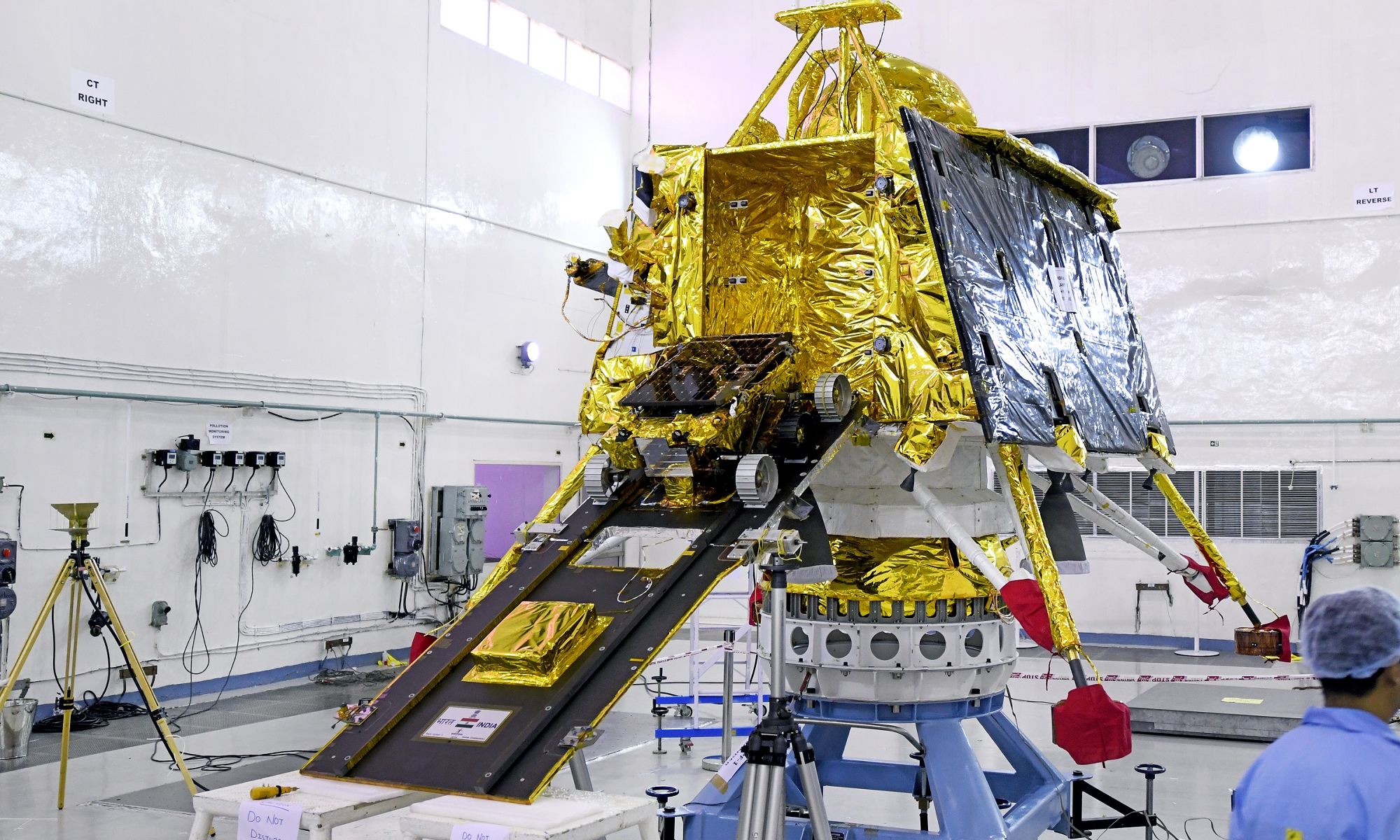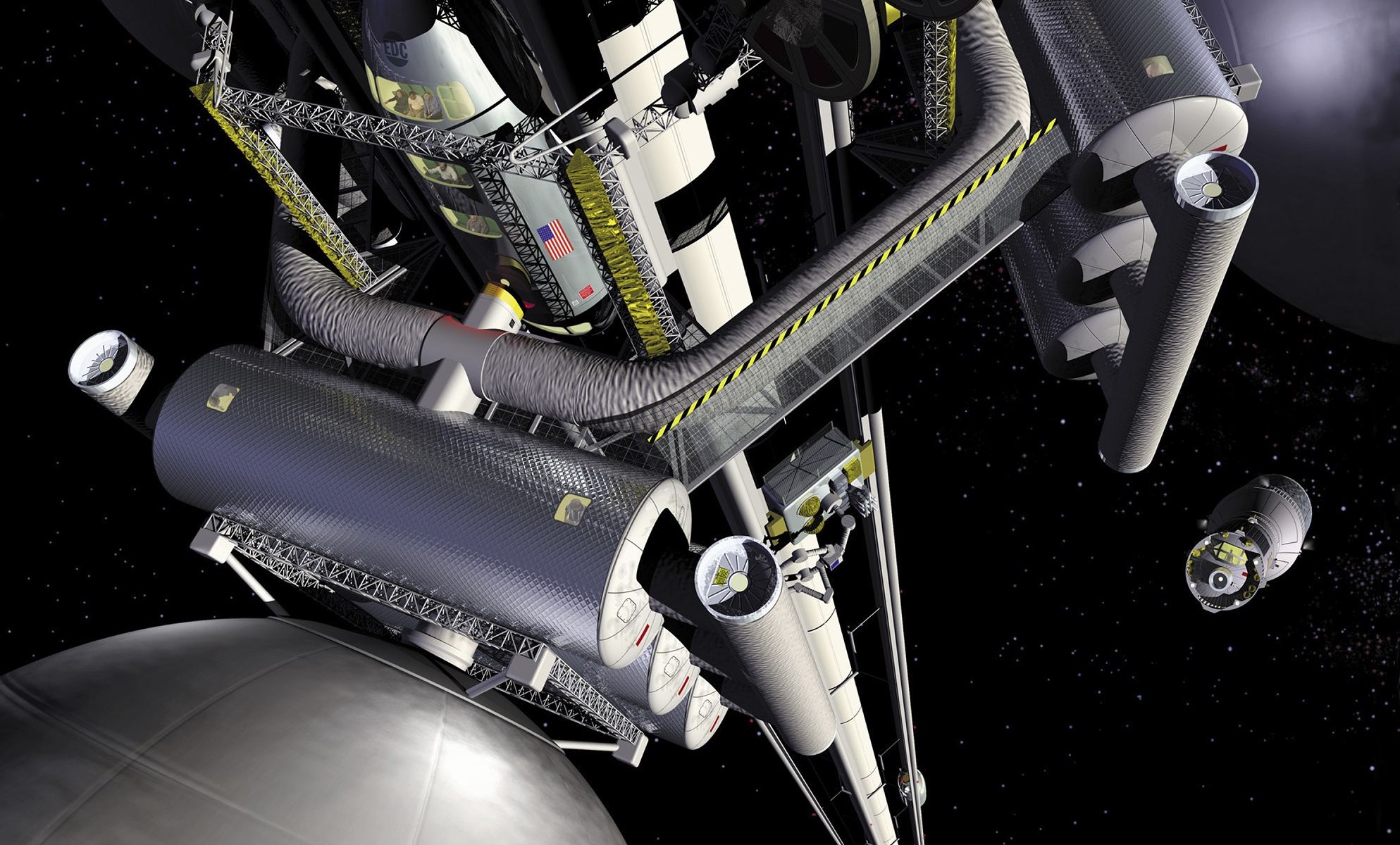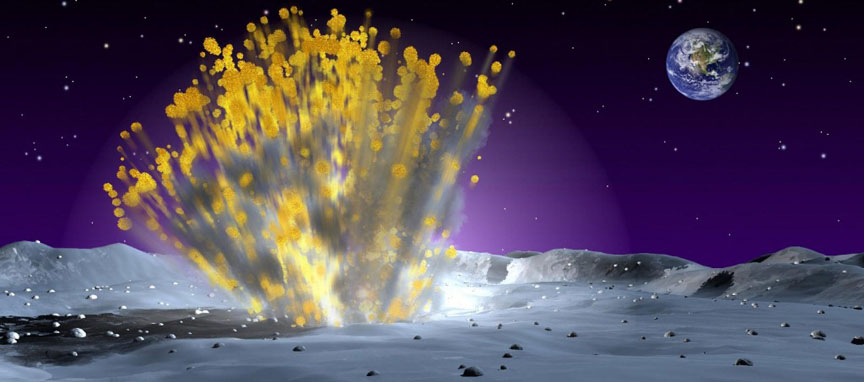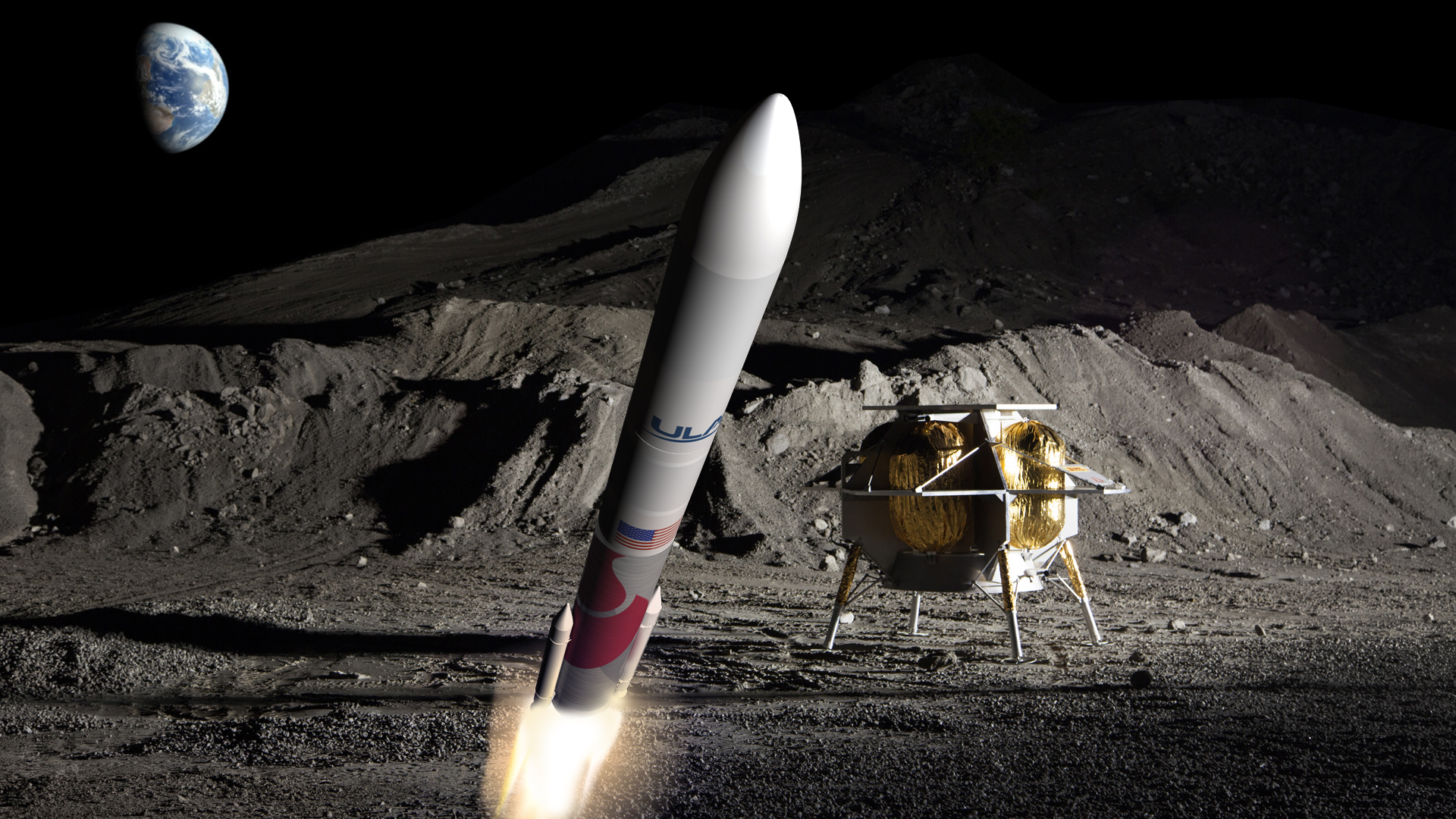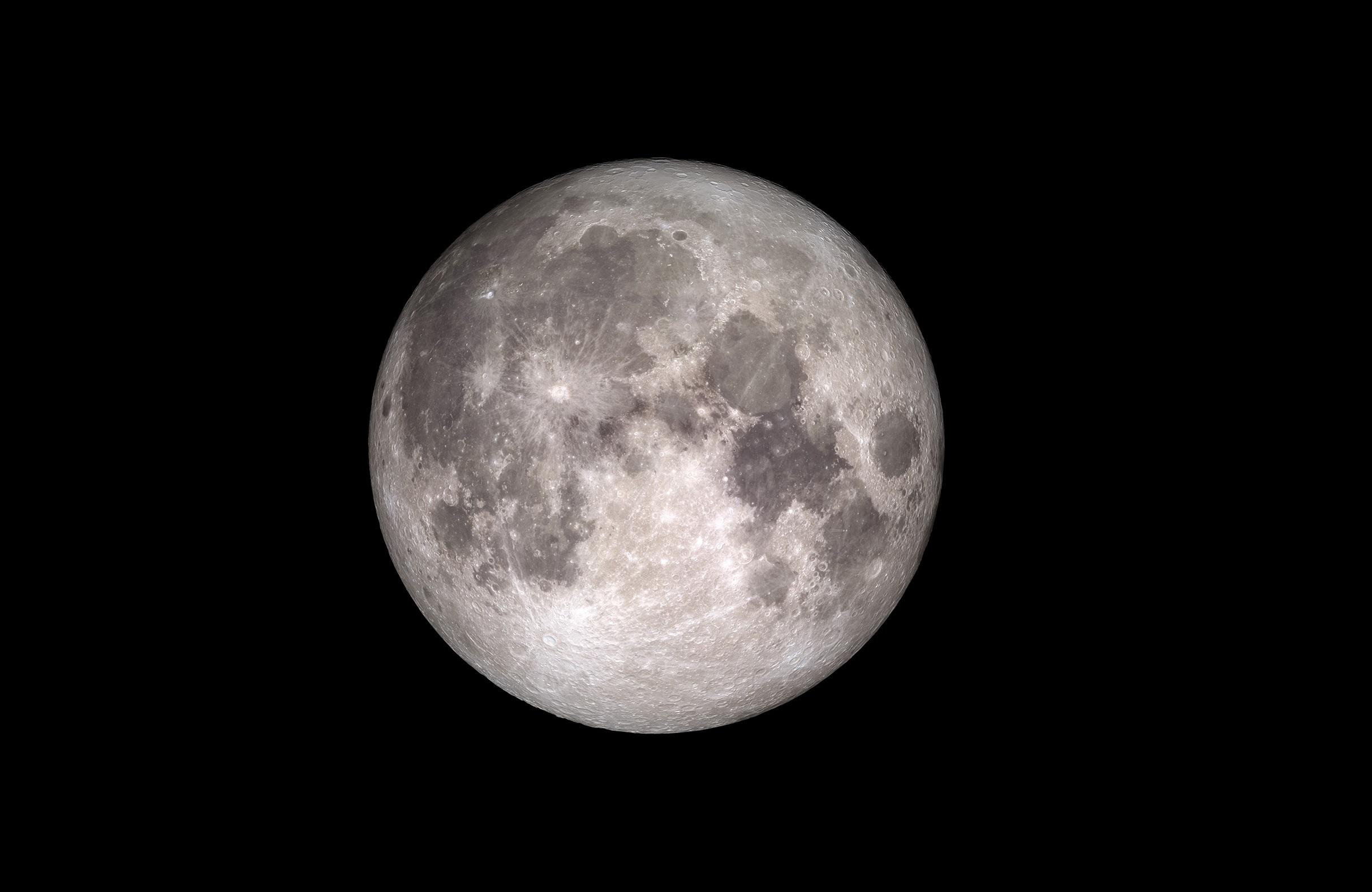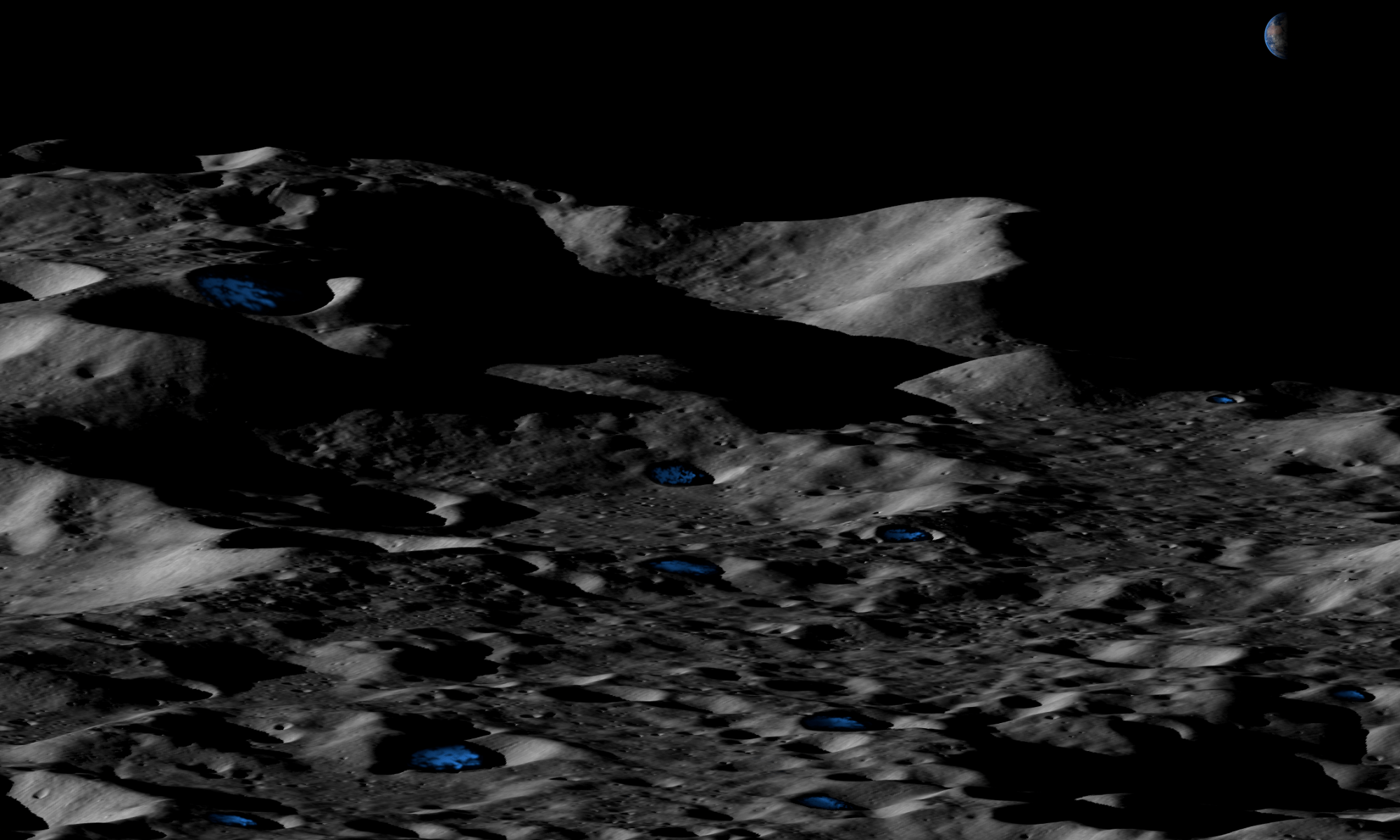This image of the lunar highlands is from NASA’s Lunar Reconnaissance Orbiter. You’d need superhuman eyesight to spot it, but India’s crashed Vikram lander is in there somewhere. The lander attempted to land on the Moon on September 6th, but when it was only 2.1 km above the surface, within reach of its objective, ISRO (Indian Space Research Organization) lost contact with the spacecraft.
Continue reading “India’s Crashed Lander is In This Picture, Somewhere”India’s Crashed Lander is In This Picture, Somewhere
